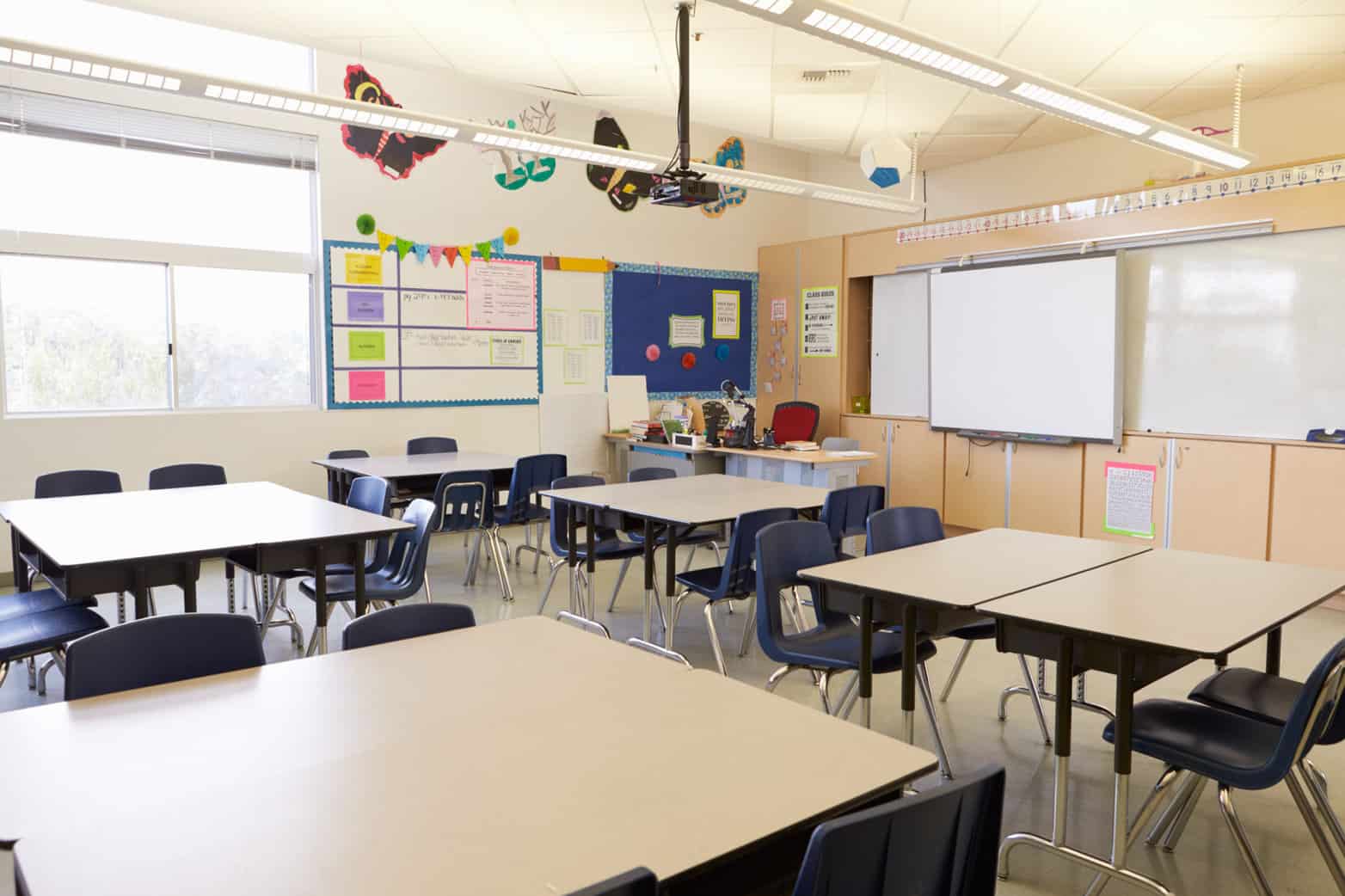Phil Daro was a lead author of the Common Core State Standards for Mathematics (CCSS-M) and works with teachers, districts, and developers to improve math teaching and learning. He has worked with SAP most recently on Math Milestones. He was invited by the Lesson Study Learning Alliance and Project IMPULS in Japan to spend 2 weeks visiting schools and engaging in workshops with Japanese and American mathematics educators focused on improving math teaching through Lesson Study. He shares his observations and work through this series.
Sometimes you suddenly see the obvious. Today I had that experience; the humanity of the students and the teacher drive the social processes in the Japanese elementary classroom. Today it was grade 6. Yes, that crazy mix of tall babies and short teens. Students were wisecracking, and when their wisecracks were funny, the teacher laughed. When the teacher was foolish, he laughed at himself, people enjoying each other in the most normal ways. There was no posing and showing who is boss, no shush-shush, no eyes on me. No demands for attention or control.
Where is the classroom management?
The teacher managed the workflow—the production of written artifacts by each student, the products not the process. It looked much more like a normal workplace than American classrooms. The deliverables for which students were responsible were clear and foregrounded. Whenever the teacher gave an assignment, he wrote it on the board and dramatically drew a box around it, no mistaking what the deliverable was, and the assignment was always a writing assignment each student had to write in their notebooks. Usually, the assignment required explanation of student reasoning, including use of mathematical representations—not an assignment that had a one-word answer like “15” but an assignment like “Show a way to solve this problem.”
The audience for the student writing was the other students, not the teacher. It wasn’t a test to prove to the teacher you know it. The purpose of the writing was to explain your thinking to the other students so they would understand. The notebook was published to other students.
While students are working, they are free to talk to their neighbors, get up walk around, talk to someone in another part of the room, show each other their work. The socialization is normal not contrived, not overly regulated and certainly not quiet.
The move: Manage the assignments and the work the students do, not so much how they socialize to get the work done. Aim for normal human interactions, especially humor and enjoyment of different personalities. Uniformity dampens attentiveness.
For example, in a grade 5 classroom, students were given population and area of two cities, assigned to think about how they compare and to write ideas about how to compare them, trying out ideas (by doing the calculations). Some students did differences, some people per km^2, and some km^2 per person. The writing prompt focused on the essential mathematics of the lesson and motivated the lesson, producing student work with math ideas for class discussion. Variety of ideas adds richness and contrast that highlights ratio ideas.
















